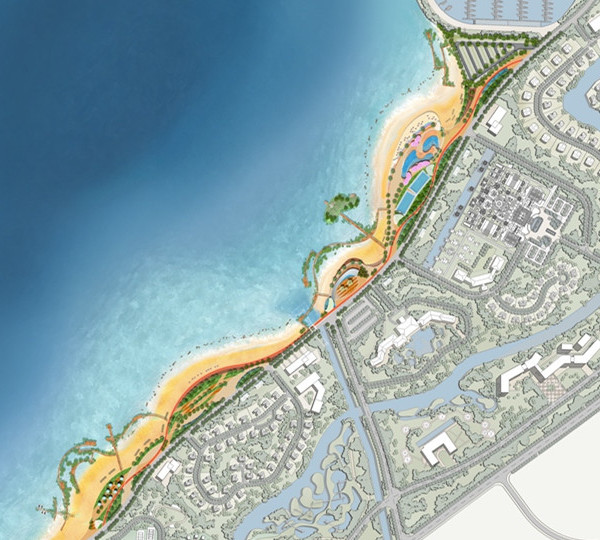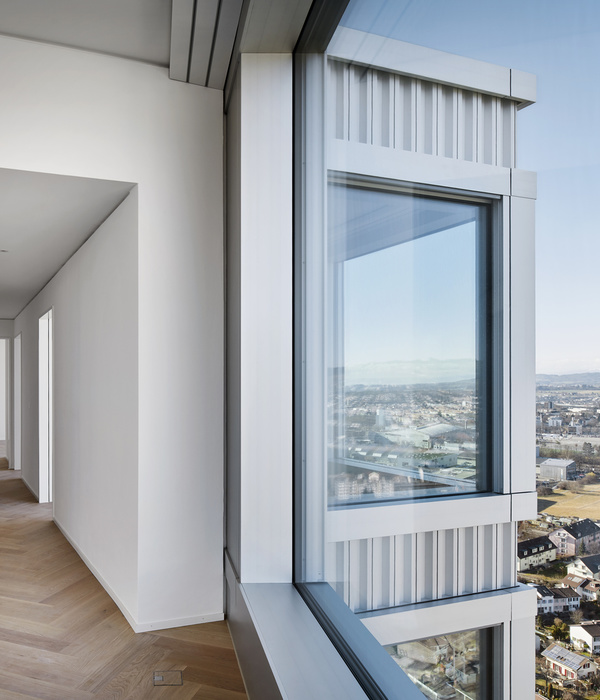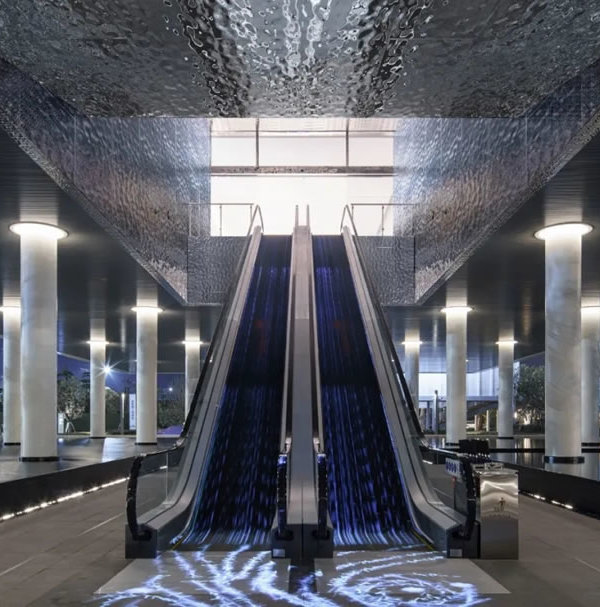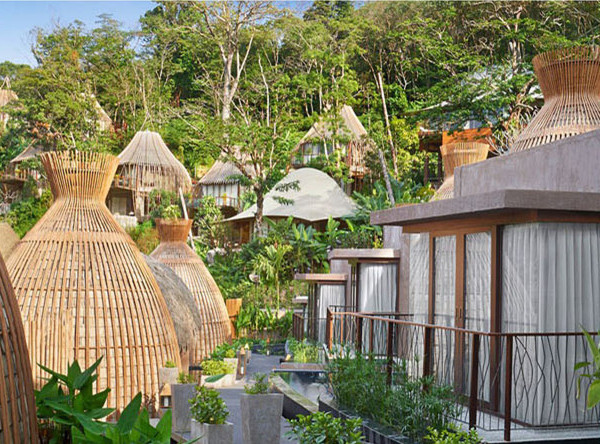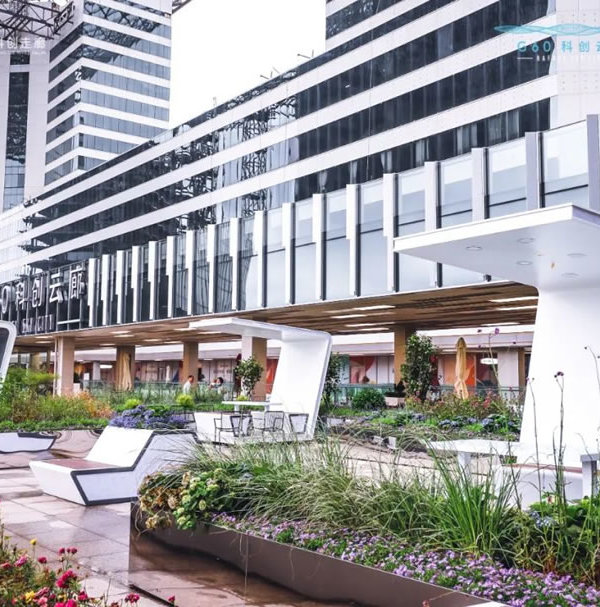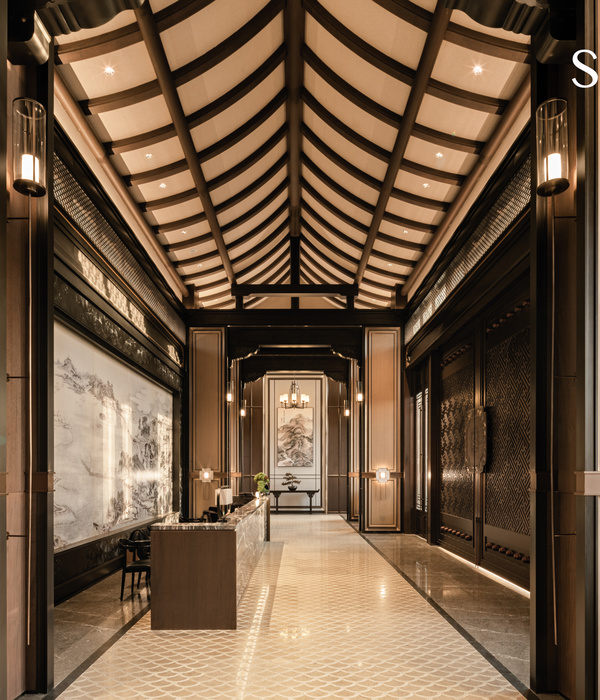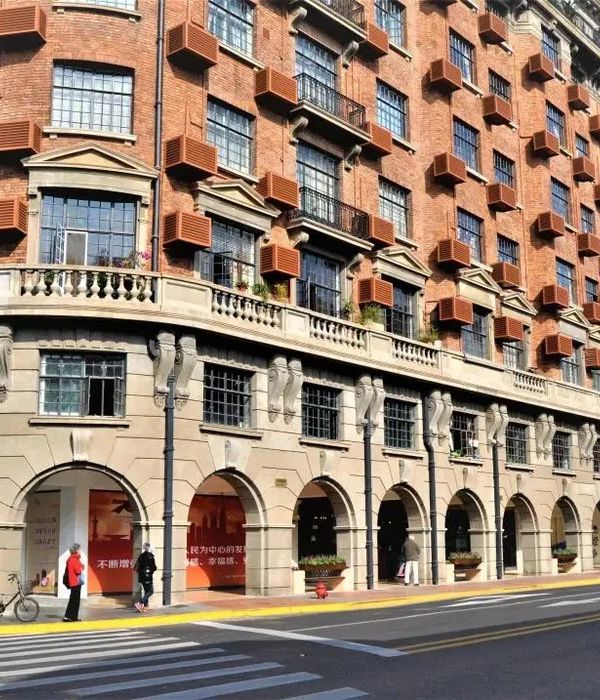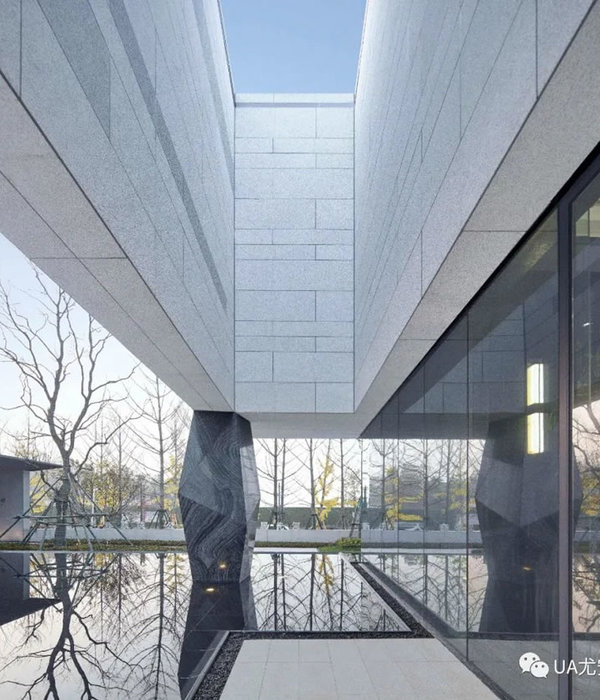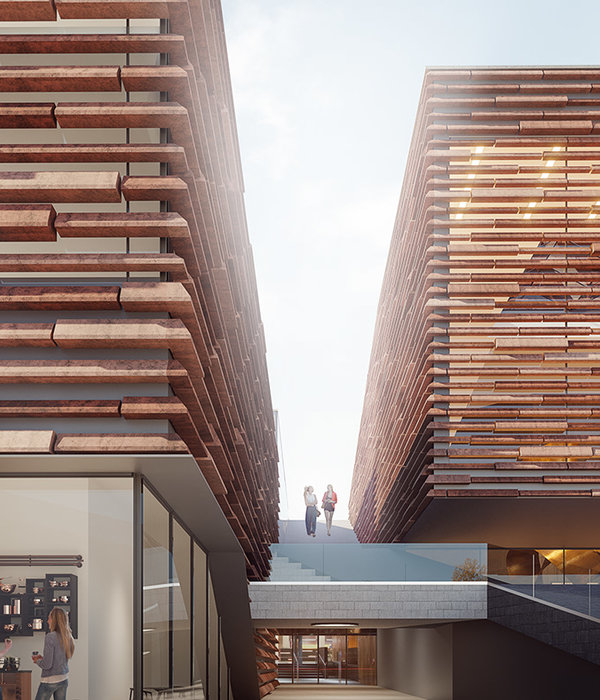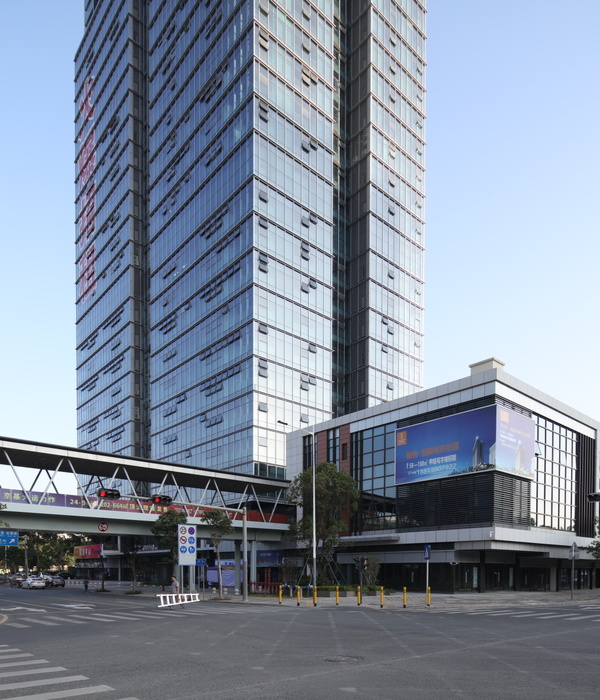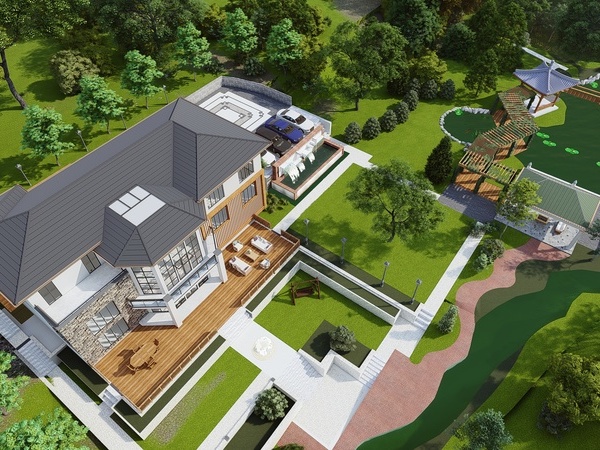A former public house situated within an east London conservation area, the building is thought to date from the late 1810s with later alterations, and originally formed the end of a Georgian terrace. The area was extensively damaged during WW2, including the substantial loss of the terrace and the original upper floor of the pub. What remained of the adjoining houses were demolished and renewed post-war, but the lower two storeys of the pub were repaired and continued to operate until the mid-1990s, when it was sold and subsequently converted to a dwelling.
We were asked by the artist owner to remodel the existing building and add a new studio in the position of the original upper floor level, to provide space for working in various different media. The new studio has been formed as a single open space occupying the full footprint of the main house, using a highly insulated timber framed construction, to reduce the imposed loads on the original structure and improve thermal performance.
A number of roof form and daylighting studies were undertaken during the initial design stage. The resulting double pitch roof is aligned east-west with a large central northlight. The externals walls rise to a parapet, and the hidden roof geometry defines a small void within the rear elevation. Large sliding glass door leading to a small enclosed terrace with an opening in the corner, positioned to offer privacy whilst partially revealing the subtracted space. New casement windows to the principal elevation, aligned with the first floor windows, provide views towards the adjacent trees. Internally the timber roof structure of the new studio is exposed, with a single steel beam supporting the roof valley. A chain hoist is suspended from the beam to lift materials though new trap doors from ground level.
The studio floor is formed from re-laid timber roofing boards that were found below layers of previous roof finishes as work progressed. A new mill finish steel plate stair rises to the studio from the remodelled circulation space at first floor. The existing rear wing at ground floor was also extended to create a new guest bedroom, sitting room and bathroom within a walled courtyard; and the entrance hall was remodelled, reinstating a corridor around the original stair. The ground floor extension is built in a salvaged stock brick to match an earlier addition, and the whole rear wing has been upgraded to improve thermal performance. Existing glazed timber doors were repaired and re-used in a new location, and slate flagstones that were previously within the courtyard have been reused as a floor finish. A built-in birch plywood storage wall provides wardrobe space, study area and a concealed fold-down bed.
The new roof, beyond a small existing first floor terrace has been planted with a mix of wildflower species that are found within the local urban setting. More recent casement windows at first floor have been replaced with new double-glazed painted timber sash windows, and a later front door also replaced using the two known historic photos of the building as a reference. External joinery colours were chosen to give a dark appearance closer to the late Georgian / Victorian colour scheme that appeared to have survived well into the 20th century.
The outward lining of the new studio is formed from thermally modified, UK grown, Ash boarding with a charred and oiled finish. The charring alludes to past events during the life of the building, and has a substantial appearance that compliments the brick and rendered masonry of the lower floors. One of the most dominant features of the original side elevation was the rainwater pipe that once ran diagonally from a hopper at parapet level. A new copper rainwater pipe and hoppers trace the original alignment, and ornament the re-formed building.
{{item.text_origin}}


